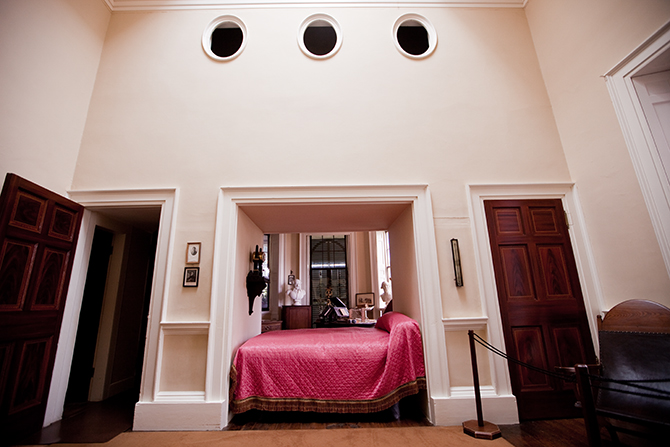1+1 does not always equal 2: How to build synergies into your day
One of the principles of sound goal management is considering the effect of goals upon each other. Some goals don’t interact, others conflict, and the best ones form synergies.
Synergy occurs when two or more things (e.g., goals or mechanical gears) have an effect greater than the sum of their parts.
Usually, when people talk about setting goals, pursuing goals, etc., they discuss goals in isolation from each other. This is probably because it’s easier to think of goals as separate entities. It’s easier to choose them and define them, and in our minds, they’re associated with different hopes, dreams, and aspirations.
Example: Last year I was driving an hour to-and-from work, and they happened to be AM hours, my peak energy period. What to do? I decided to start dictating some books I was trying to write. One fiction (which is resting for a bit) and one nonfiction book on productivity. I dictated the fiction book on the way to work, the productivity book on the way home.
How is this synergistic?
While drafting the novel, I learned all about my productivity habits and those of others. This informed the drafting of my other book — more often than not, the thinking and dictating on the commute in gave me something to think and dictate on the commute out.
In turn, my writing of a productivity book forced me to ask tough questions of myself, ultimately improving my efficacy in drafting the novel.
Done alone, I’m not sure I would’ve stuck with the draft of the novel, and it would be worse off.
And done alone, many of the most important insights in my book wouldn’t have been made.
Another example: Yoga and meditation. Both are great by themselves, but the former is usually taught along with the latter for synergistic reasons. Meditation, done first, helps the practitioner get their mind in tune with their body. Meditation after a yoga session then connects the body back to the mind.
Or: Running and then doing some challenging mental activity. During the run, think through the task. Doing so distracts you from the tightness in your calves or how nice it would be to stop. After the run, you’re all adrenaline-d up, the thoughts are flowing. Next thing you know, the procrastinated, anxiety-ridden task is checked off. Boom goes the cannon.
Synergy also occurs when we use one goal to motivate action towards another goal: By alternating sessions of each, we motivate ourselves to push through what we don’t enjoy to get to the actions we do enjoy. Maybe (1) applying for jobs really motivates you to (2) complete your side project.
Do you have synergies in your daily schedule? If not, consider whether a change makes sense for you.
Do you see opportunities to increase synergy? Consider taking advantage of them.
The key word here is consider. No productivity principle applies to everyone. But this one — it comes pretty close.




